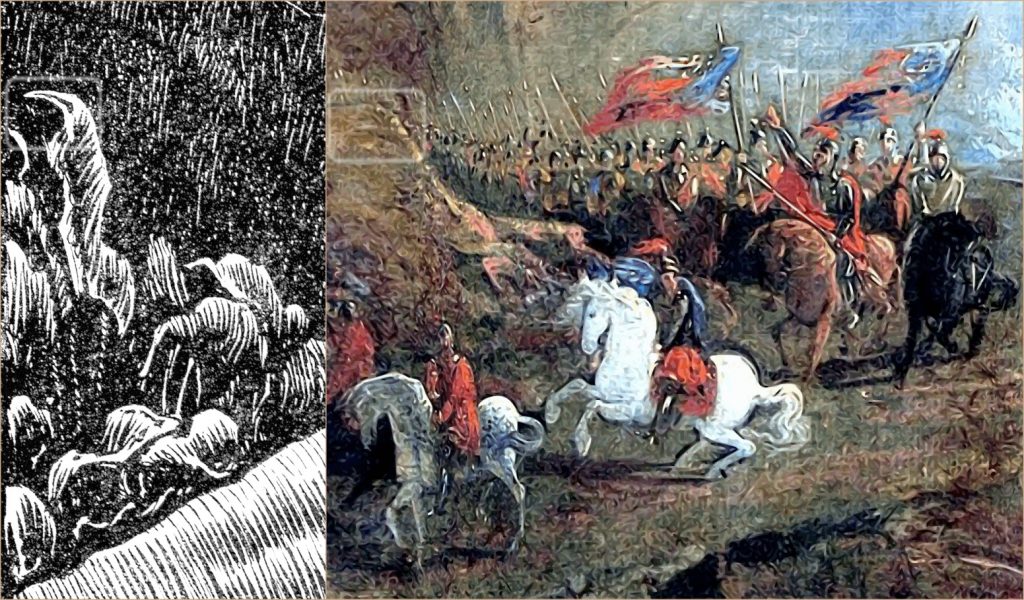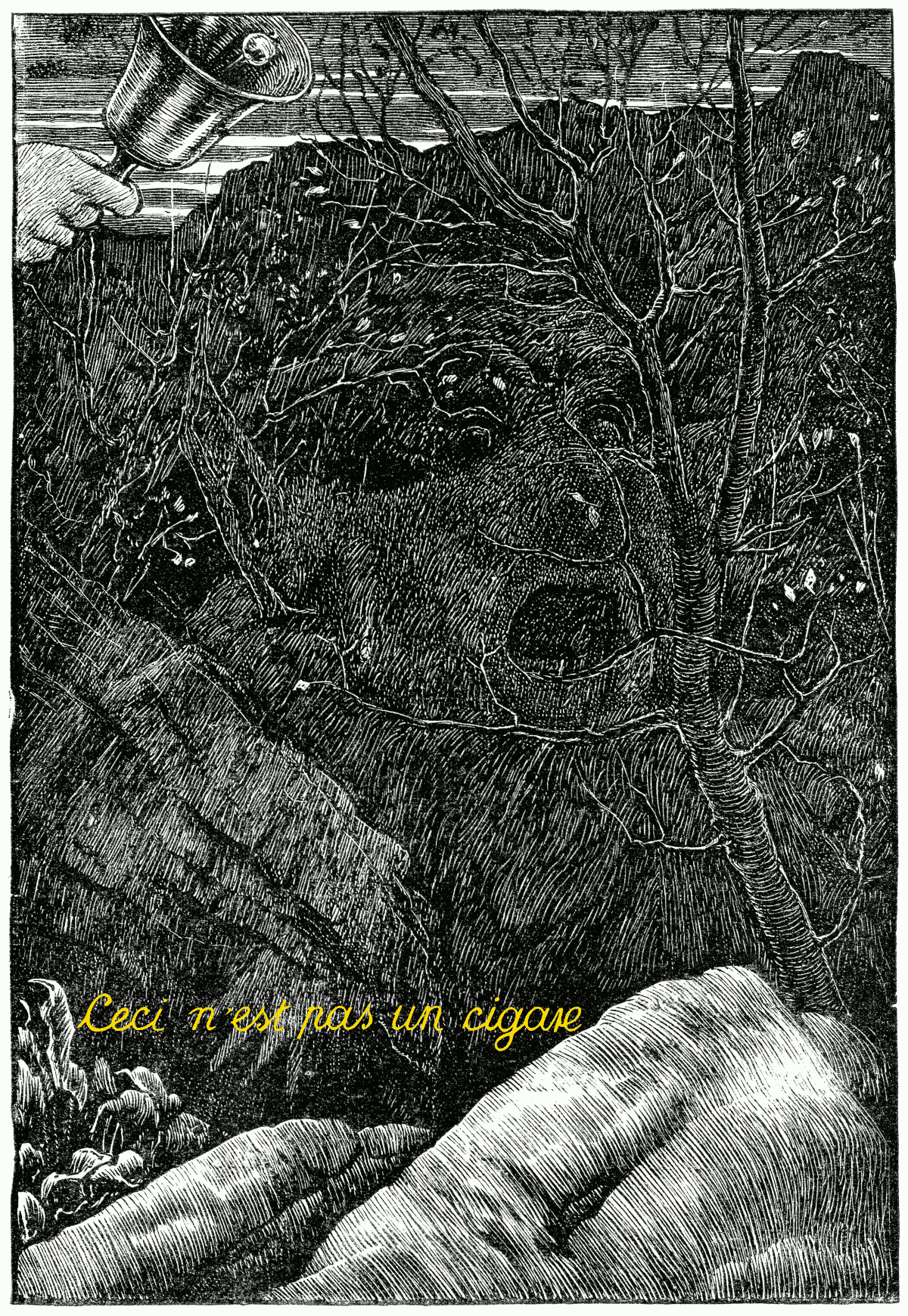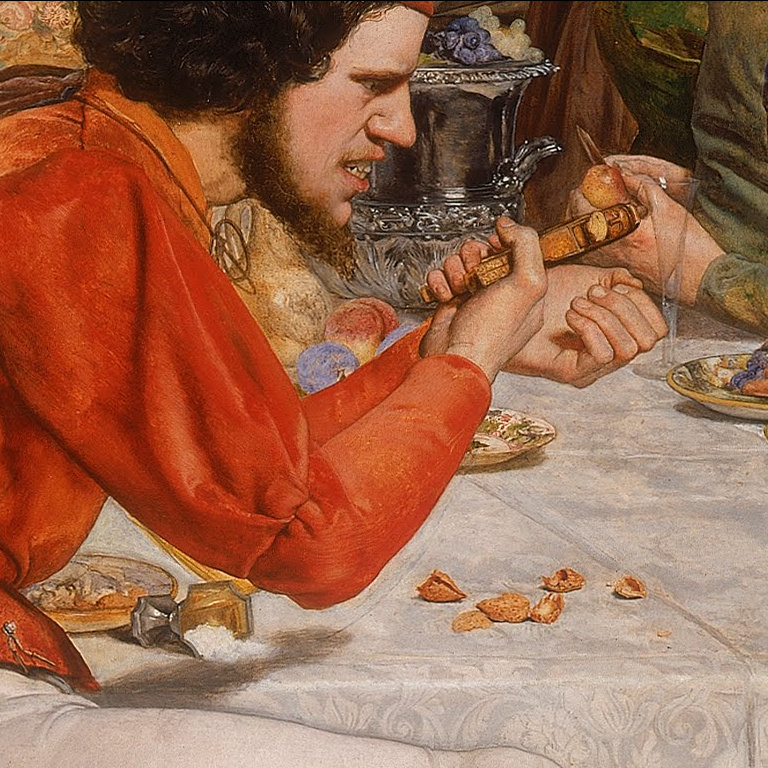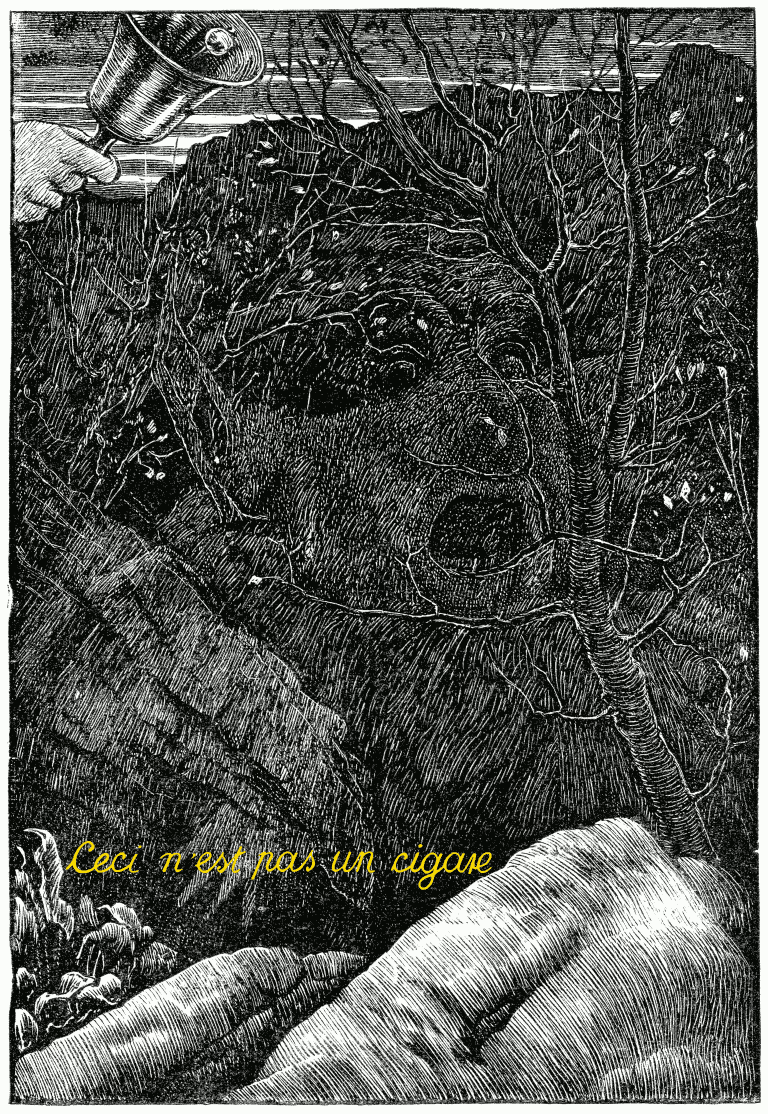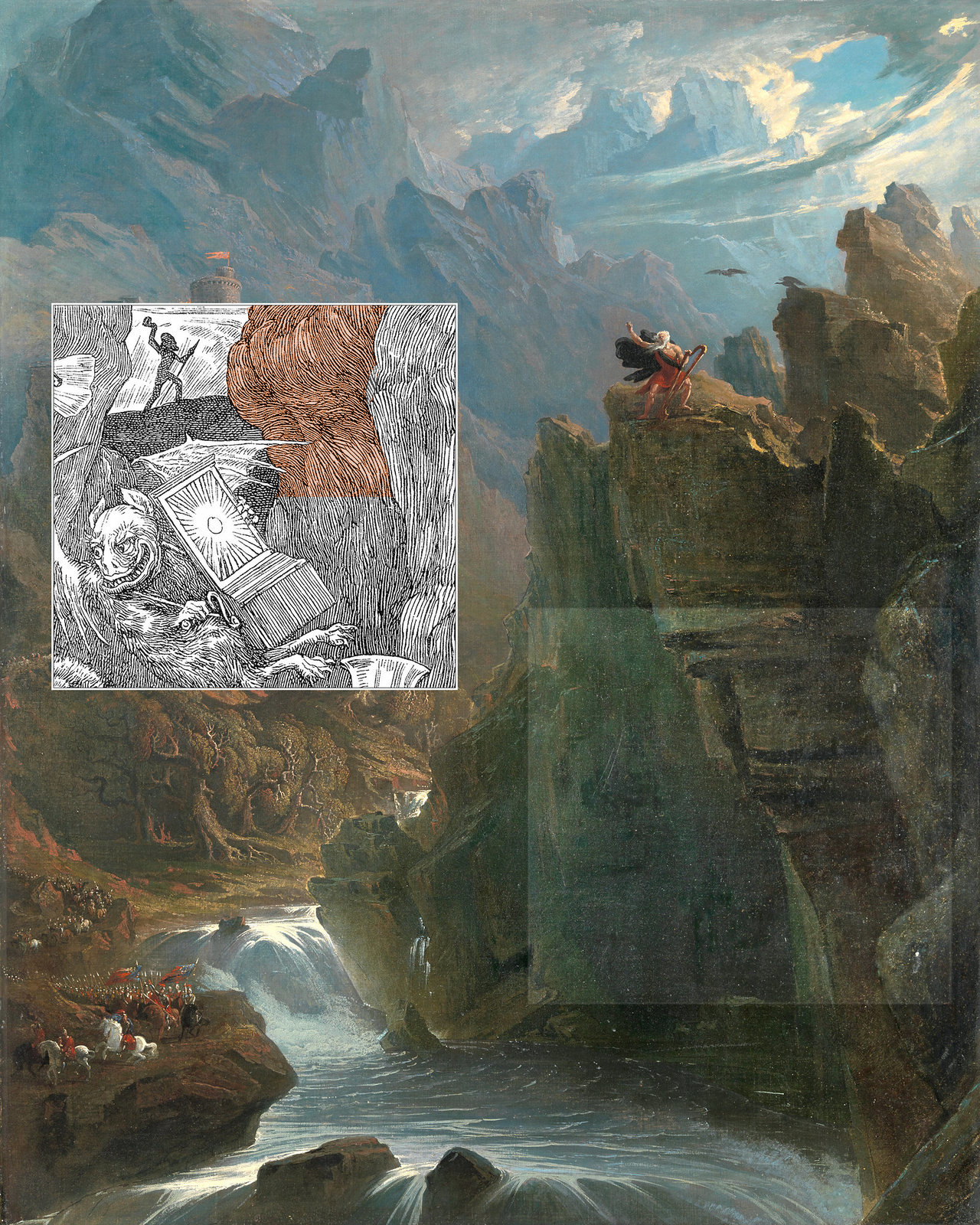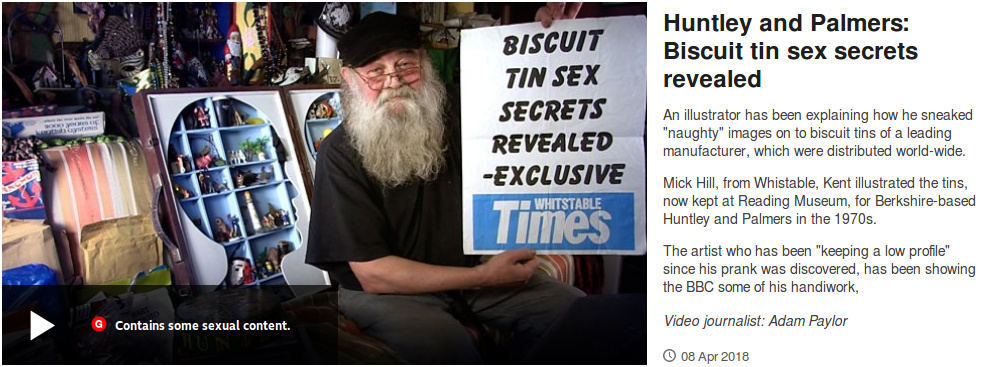
In a BBC video, video journalist Adam Paylor gives us a good example for why things might be hidden in art: Besides assuming that people who see cryptomorphs in artwork might just be suffering from pareidolia, often one important reason for hiding things in art is neglected by art researchers: Hiding things in images can be fun!
Also from http://severnbeachantiques.com/famous-rare-1980-huntley-and-palmer-rude-garden-party-ginger-nuts-tin you can learn about a good reason for an artist to hide things in art:
I did them out of devilment, purely for a laugh. I’ve always been a bit of a naughty boy but I’ve nothing against Huntley & Palmers. There have been rumours that I got made redundant and did it out of revenge. But that’s not true – I was only ever a freelance. I just felt like adding a bit of smut to the proceedings.
That is what Mick Hill, the creator of the illustration of the Huntley & Palmers garden party ginger nuts tin, said about the hidden surprises in his artwork.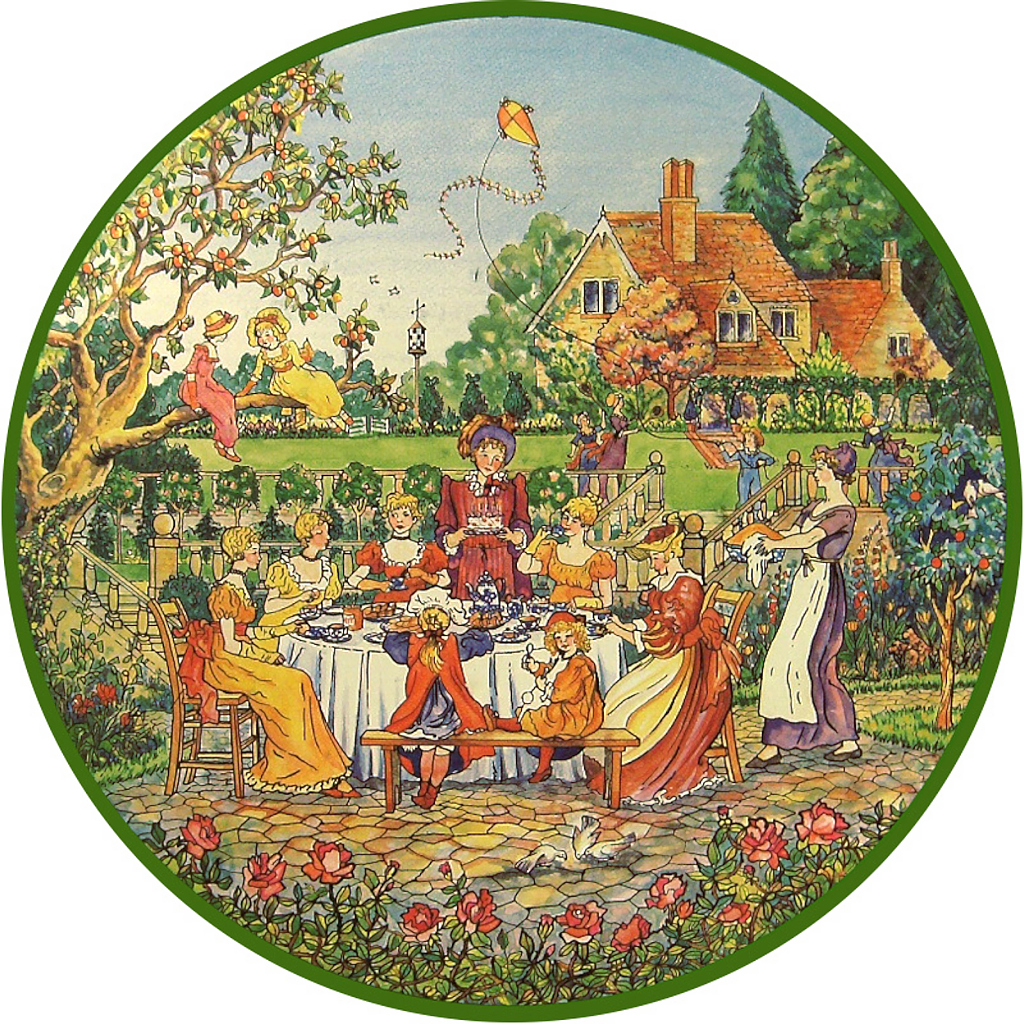
2018-07-01, updated: 2025-04-06

